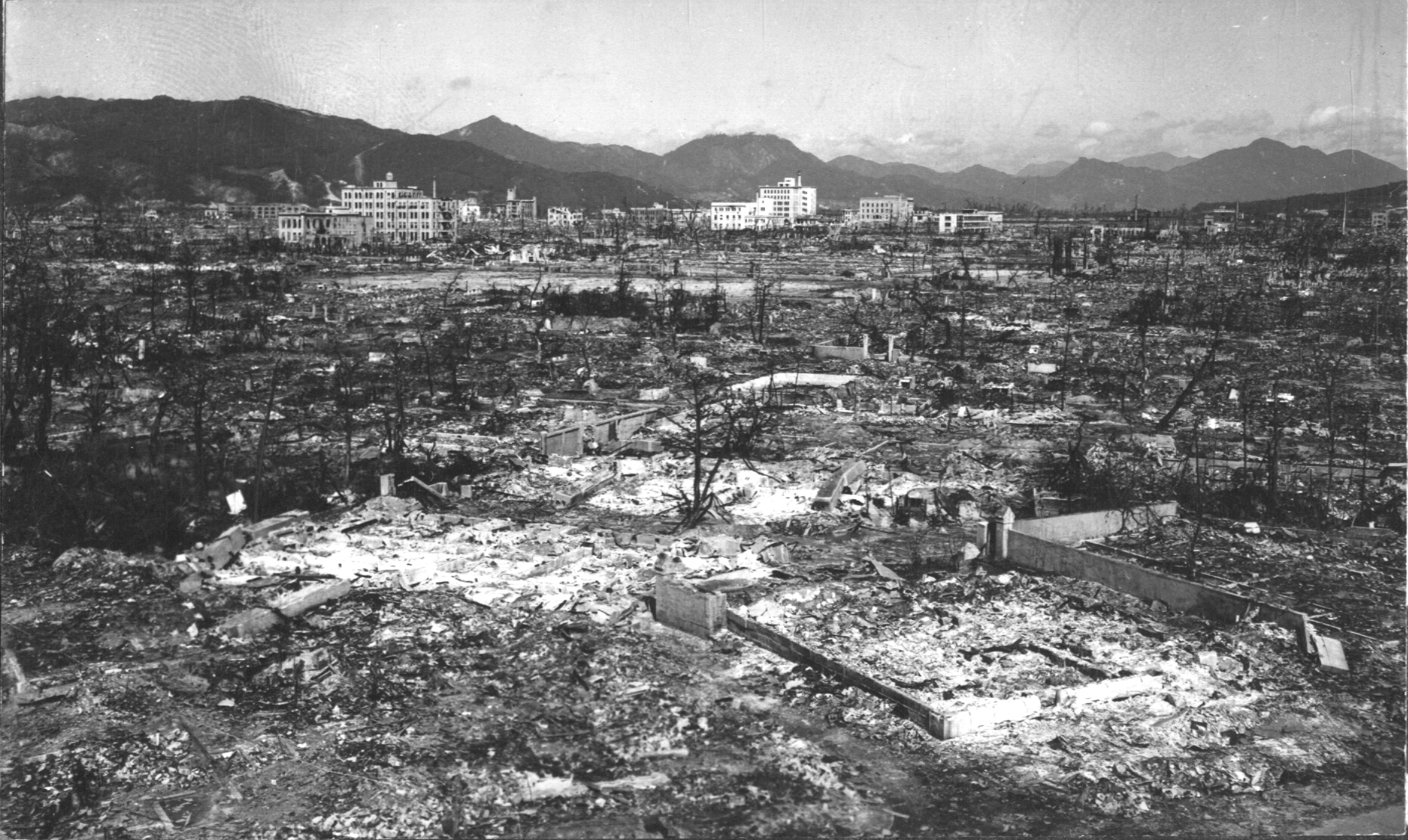

In his memory, he keeps thinking ‘we should've done something’. “He remembers his family escaping in a very small vehicle going through the burning streets, and he remembers a woman with a baby asking to get into the car and his parents saying no we can’t do this. Miyazaki, co-founder of the influential Studio Ghibli, was four years old when the war ended, and “was certainly aware of the war because his town, which is forty miles outside of Tokyo, was bombed during the last few days of the war,” said Napier. The war deeply influenced anime through the lens of legendary animator Hayao Miyazaki. It’s just really moving and it gives you a sense of the human cost of these gigantic, enormous weapons, be they scaly monsters or in fact an atomic bomb.” We see again what’s happened to these people who have been traumatized and devastated by this nuclear creature, and then we hear a beautiful song and young women singing their hearts out. She pointed to a “very evocative and beautiful scene when you see a hospital with some of Godzilla’s victims, which is heartbreaking. “It’s absolutely a reworking-a reprocessing of the atomic bombing-instead of having a bomb come out and destroy Tokyo, you have this monster from the deep who is radioactive and is brought out from American nuclear testing.” “ Godzilla is absolutely an atomic bomb document,” said Napier. The bombings had distinct effects on Japanese popular culture. The takeaway, he said, is that while many writers have been writing about the bombings, “few readers are reading them.” “When the editors began working on the project, the most difficult issue they faced was finding a publisher, because people in the publishing business knew that atomic-bomb literature would not sell,” Hirata said. It contained works of some major novelists, poets, and essayists dealing with the bombings of Hiroshima and Nagasaki.


Hirata noted that in 1983 a fifteen-volume anthology of Genbaku bungaku-atomic-bomb literature-was published in Japan. In Japan, many people are uninterested in the bombings. Nuclear weapons are an existential threat to the world and we must not become complacent about this peril.” Civil society has an important role to play in raising awareness and exerting pressure for action. “There is an urgent need to increase public awareness of these risks and to mobilize public support for decisive action on arms control, non-proliferation, and disarmament. “Seventy-five years after the atomic bombings of Hiroshima and Nagasaki, there is limited global public awareness of the risks posed by nuclear weapons,” said Williams. The world should not forget the devastation nuclear weapons can wreak. What is the legacy of the atomic bombings and how are they viewed in Japanese culture? Three Tufts professors gave us their takeaways: Hosea Hirata, a professor of Japanese literature Susan Napier, Goldthwaite Professor of Rhetoric in the Department of International Literary and Cultural Studies, who focuses on Japanese anime and Abi Williams, F86, F87, director of the Institute for Global Leadership and a professor of the practice of international politics at The Fletcher School. Deaths from the bombings are estimated to be around 150,000. It was the first time nuclear weapons had been used, followed three days later by the bombing of Nagasaki. August 6 marks the seventy-fifth anniversary of the atomic bombing of the Japanese city Hiroshima.


 0 kommentar(er)
0 kommentar(er)
